Windows Software Protection
Posted: February 7, 2011
Threat Metric
The following fields listed on the Threat Meter containing a specific value, are explained in detail below:
Threat Level: The threat level scale goes from 1 to 10 where 10 is the highest level of severity and 1 is the lowest level of severity. Each specific level is relative to the threat's consistent assessed behaviors collected from SpyHunter's risk assessment model.
Detection Count: The collective number of confirmed and suspected cases of a particular malware threat. The detection count is calculated from infected PCs retrieved from diagnostic and scan log reports generated by SpyHunter.
Volume Count: Similar to the detection count, the Volume Count is specifically based on the number of confirmed and suspected threats infecting systems on a daily basis. High volume counts usually represent a popular threat but may or may not have infected a large number of systems. High detection count threats could lay dormant and have a low volume count. Criteria for Volume Count is relative to a daily detection count.
Trend Path: The Trend Path, utilizing an up arrow, down arrow or equal symbol, represents the level of recent movement of a particular threat. Up arrows represent an increase, down arrows represent a decline and the equal symbol represent no change to a threat's recent movement.
% Impact (Last 7 Days): This demonstrates a 7-day period change in the frequency of a malware threat infecting PCs. The percentage impact correlates directly to the current Trend Path to determine a rise or decline in the percentage.
| Threat Level: | 10/10 |
|---|---|
| Infected PCs: | 9 |
| First Seen: | February 8, 2011 |
|---|---|
| Last Seen: | January 8, 2020 |
| OS(es) Affected: | Windows |
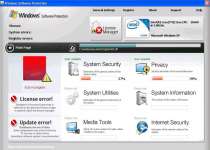 The fake Microsoft Security Essentials Alert Trojan has dealt out yet another rogue anti-spyware program from its hand, and this time the rogue program is called Windows Software Protection. It's impossible to overstate the inaccuracy of the name of this 2011-born malware innovation! Its only purpose is to interfere with your computer usage and try to get you to buy junk software that does nothing. If you have Windows Software Protection on your system, destroy it and the originating Trojan post-haste. Letting this sleeping lion lie will only give the rogue anti-spyware program the opportunity to make your computer-using experience a nightmare.
The fake Microsoft Security Essentials Alert Trojan has dealt out yet another rogue anti-spyware program from its hand, and this time the rogue program is called Windows Software Protection. It's impossible to overstate the inaccuracy of the name of this 2011-born malware innovation! Its only purpose is to interfere with your computer usage and try to get you to buy junk software that does nothing. If you have Windows Software Protection on your system, destroy it and the originating Trojan post-haste. Letting this sleeping lion lie will only give the rogue anti-spyware program the opportunity to make your computer-using experience a nightmare.
Windows Software Protection Creeps Past Your Defenses
The Russian Federation-originating Windows Software Protection has two known primary delivery mechanisms so far. Windows Software Protection does not necessarilybreak new ground in malware delivery; Windows Software Protection is merely relying on tried and true scam tactics with a new name.
The foremost method of delivery is, of course, the fake Microsoft Security Essentials Alert Malware. This Trojan pretends to be part of your system when actually it's a virus downloaded without your knowledge. Microsoft Security Essentials Alert specializes in rogue software delivery, and as such can try to install many different types of rogue security programs. If you see a threat alert that prompts you to install a specific program, treat the alert as fake and assume your computer is infected. Windows Software is just one of many pretend anti-malware scanners that can latch on to your computer in this fashion.
A secondary means by which Windows Software Protection will crawl onto your system is through fake online scanners. Avoid using online security scanners that you don't absolutely trust, as they can be fronts for delivering rogue programs and other malware once they gain access to your system. Regardless of how it got to you, once installed, Windows Software Protection's behavior is predictably rude and damaging.
How This Uninvited Guest Outlives Its Welcome
Unless measures are taken to stop it, Windows Software Protection will run automatically regardless of your feelings on the matter. While running Windows Software Protection, it will pretend to be a helpful program when it's actually causing all your problems, as well as reporting many nonexistent ones on top of that! Avoid deleting these 'infected' files, since they're actually just fine and the true infection is the fake scanner itself. Unfortunately, Windows Software Protection's damage goes even deeper than that.
- Windows Software Protection will block certain specific programs from running. This most typically includes your web browsers and various integral system utilities. The motive behind this behavior is twofold, as the former will prevent the user from finding accurate information on the infection, while the latter will prevent directly attacking Windows Software Protection.
- Frequent nagging screens will also appear in various formats, most of which are intended to mimic the look of Windows. A frustrated user might be tempted to give in and purchase the software just to make these vanish. Do not do this! It will make your credit card vulnerable, and the full version is just as worthless as the trial nagware.
- Windows Software Protection may also prevent you from accessing your desktop, running various executables, or generally opening files. This kind of interference is meant to cause the user to behave irrationally and assume that the only way out is to buy Windows Software Protection. Of course, this isn't remotely true!
Making a Clean Break from Windows Software Protection
Now that you've heard about how bad Windows Software Protection can get, you're probably eager to be rid of the vermin. When deleting Windows Software Protection, you should be alert for other infections to destroy as well, especially the original Trojan that so commonly delivers it. It can be a tough job to get all possible infections manually, which is why it's recommended that you use official anti-malware software to do the work for you. If that's your solution, then be ready to access Safe Mode to run these programs, since Windows Software Protection will try to disable them ordinarily. With Safe Mode preventing the rogue program from running in the first place, you'll be able to enjoy the poetic justice of taking a fake scanner out of the picture with a real one.
Technical Details
File System Modifications
Tutorials: If you wish to learn how to remove malware components manually, you can read the tutorials on how to find malware, kill unwanted processes, remove malicious DLLs and delete other harmful files. Always be sure to back up your PC before making any changes.
The following files were created in the system:%APPDATA%\drhxsi.exe
File name: drhxsi.exeSize: 2 MB (2002944 bytes)
MD5: 3499a5e8936673675fae309410263a17
Detection count: 51
File type: Executable File
Mime Type: unknown/exe
Path: %APPDATA%
Group: Malware file
Last Updated: January 8, 2020
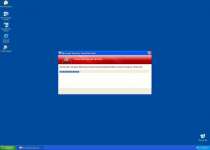
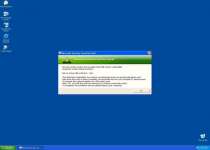
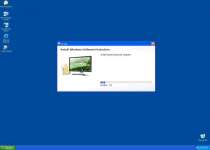
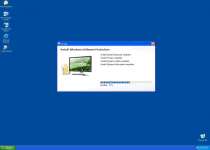
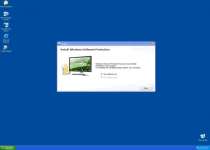

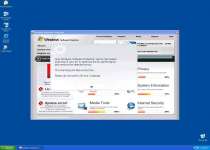
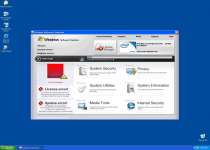
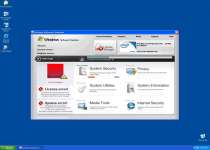
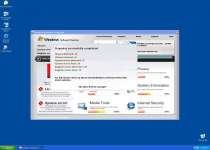
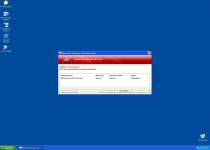
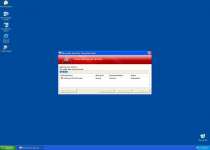
Leave a Reply
Please note that we are not able to assist with billing and support issues regarding SpyHunter or other products. If you're having issues with SpyHunter, please get in touch with SpyHunter customer support through your SpyHunter . If you have SpyHunter billing questions, we recommend you check the Billing FAQ. For general suggestions or feedback, contact us.